Buy the photo details of coking plant Zeche Zollverein in Essen by Rob van Esch on canvas, ArtFrame, poster and wallpaper, printed on demand in high quality.
About "details of coking plant Zeche Zollverein in Essen"
by Rob van Esch
About the artwork
The Zeche und Kokerei Zollverein industrial complex in Essen, North Rhine-Westphalia, declared a Unesco World Heritage Site in 2001, is considered one of the most impressive industrial monuments in the world. Since the last crew laid off work in 1986, the Zollverein has been transformed into a place for art, culture and creativity, attracting more than two million visitors annually.
In its active industrial period, the Zeche Zollverein was the largest coal mine in the world and its coking plant was unique in size for Europe. In addition to its extraordinary size, the architecture of the Zollverein complex is also very special - not for nothing is the Zollverein also called the most beautiful mine in the world. The buildings are examples of the design concepts of the Modern Movement, applied to architecture in a totally industrial context. The industrial complex was one of the most modern coal mines in the world during the time it was in active use, this was from the mid-19th century until the mine closed in 1986. Zollverein is tangible evidence of the rise and fall of heavy industry over the past 150 years.
This photograph of part of the coking plant emphasizes the architecture combined with the beautiful rust colors formed over the years. By allowing shadows in the image, such as from an overhanging bridge, the viewer immediately knows that the complex is much larger than what is shown in the photograph.

About Rob van Esch
I work on commission as an architectural photographer, but also for photo agencies. My work is to represented by Offset ("a new, curated collection of extraordinary, engaging imagery from top artists and storytellers around the world") and Hollandse Hoogte, "a full-service photo agency that represents both.. Read more…
 Germany
Germany Ordered in February 2022
Ordered in February 2022
 Germany
Germany Ordered in December 2019
Ordered in December 2019
 Germany
Germany Ordered in April 2022
Ordered in April 2022
 Germany
Germany Ordered in April 2023
Ordered in April 2023
 Germany
Germany Ordered in May 2020
Ordered in May 2020
 Netherlands
Netherlands Ordered in August 2021
Ordered in August 2021
 Germany
Germany Ordered in March 2019
Ordered in March 2019
 Netherlands
Netherlands Ordered in July 2018
Ordered in July 2018
 Germany
Germany Ordered in November 2020
Ordered in November 2020
 Netherlands
Netherlands Ordered in April 2019
Ordered in April 2019
 Netherlands
Netherlands Ordered in February 2017
Ordered in February 2017
 Germany
Germany Ordered in May 2021
Ordered in May 2021
About the material
ArtFrame™
Interchangeable Art Prints
- High-quality print
- Easily interchangeable
- Acoustic function
- Large sizes available
Discover the artworks of Rob van Esch
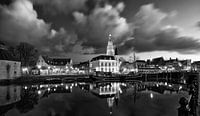 Cityscape of BredaRob van Esch
Cityscape of BredaRob van Esch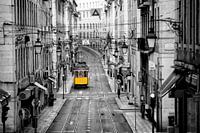 Yellow tram LisbonRob van Esch
Yellow tram LisbonRob van Esch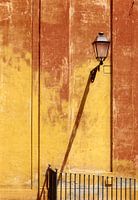 Streetlight in RomeRob van Esch
Streetlight in RomeRob van Esch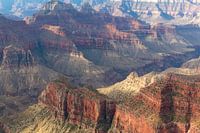 Grand Canyon, United StatesRob van Esch
Grand Canyon, United StatesRob van Esch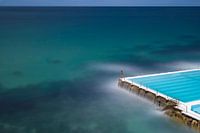 Icebergs swimming pool Bondi BeachRob van Esch
Icebergs swimming pool Bondi BeachRob van Esch Surfer Bondi Beach in SydneyRob van Esch
Surfer Bondi Beach in SydneyRob van Esch Beach, water and clouds at Bondi BeachRob van Esch
Beach, water and clouds at Bondi BeachRob van Esch Joggers at Bondi BeachRob van Esch
Joggers at Bondi BeachRob van Esch Surfer at Bondi Beach in SydneyRob van Esch
Surfer at Bondi Beach in SydneyRob van Esch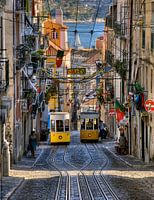 Two yellow trams in LisbonRob van Esch
Two yellow trams in LisbonRob van Esch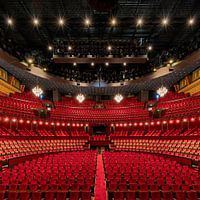 Theatre auditorium Carré AmsterdamRob van Esch
Theatre auditorium Carré AmsterdamRob van Esch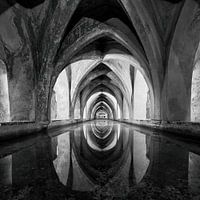 Bathroom Real Alcazar, SevillaRob van Esch
Bathroom Real Alcazar, SevillaRob van Esch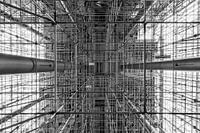 Construction of scaffoldingRob van Esch
Construction of scaffoldingRob van Esch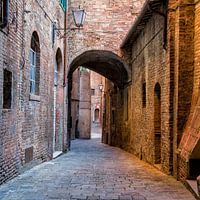 Golden light in alleyRob van Esch
Golden light in alleyRob van Esch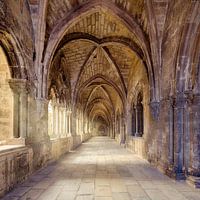 Cloister in ForenceRob van Esch
Cloister in ForenceRob van Esch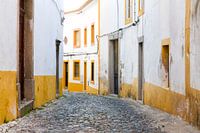 Street in LisbonRob van Esch
Street in LisbonRob van Esch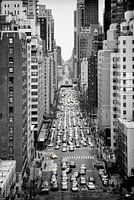 Manhattan, New York CityRob van Esch
Manhattan, New York CityRob van Esch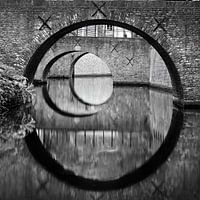 Binnendieze Den Bosch - almost abstract imageRob van Esch
Binnendieze Den Bosch - almost abstract imageRob van Esch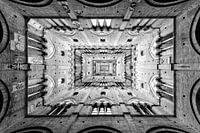 Abstraction of town hall in Siena with droste effectRob van Esch
Abstraction of town hall in Siena with droste effectRob van Esch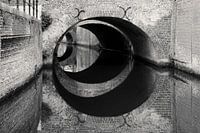 Binnendieze Den Bosch - almost abstract image (2)Rob van Esch
Binnendieze Den Bosch - almost abstract image (2)Rob van Esch





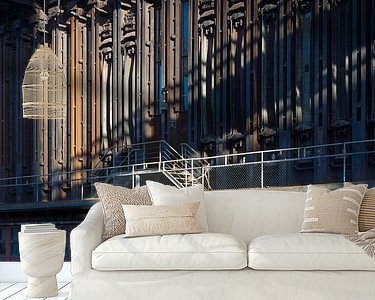
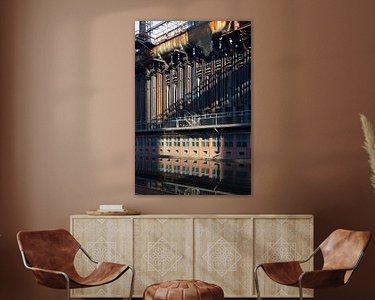
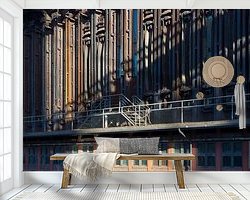

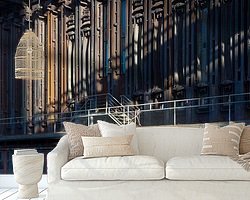

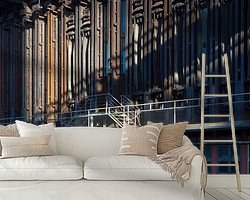

 Germany
Germany Nostalgic Memories
Nostalgic Memories Photo wallpaper
Photo wallpaper Photography
Photography Play of Light
Play of Light Serene Peace
Serene Peace UNESCO World Heritage Locations
UNESCO World Heritage Locations









